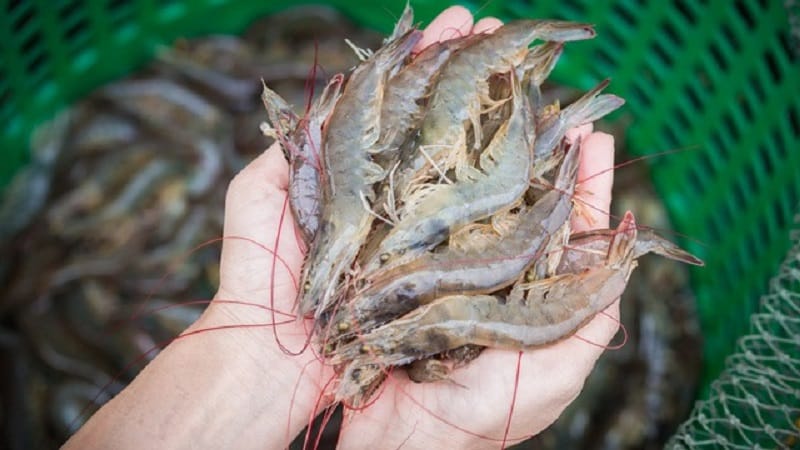Shrimp is a beloved seafood enjoyed worldwide for its versatile use in recipes and delightful taste. However, like all seafood, they are susceptible to spoilage, and consumption can lead to foodborne illnesses.
Recognizing the signs of bad shrimp is crucial to ensuring the safety and enjoyment of your meals. Here are key indicators and facts you should know.
Appearance
Fresh shrimp should have a certain look that indicates its freshness:
- Color: If still fresh raw, they should have a translucent look with a slightly pearl-like color. Cooked, they should be pink and slightly white. It could indicate spoilage or deteriorating quality if they have spots, discoloration, or black marks.
- Eyes: Fresh shrimp should have bright, clear eyes. Shrunken or discolored eyes are signs of age or poor quality.
Smell
Source: https://www.yummy.ph/
The smell of shrimp can provide significant clues about its freshness:
- Fresh Smell: It has a mildly salty or sea-like odor if still fresh. It should not smell overly fishy.
- Ammonia or Sour Smell: An ammonia-like or sour smell strongly indicates it has gone bad. This is caused by the breakdown of proteins into amines and ammonia, signifying spoilage.
Texture
The texture can also signal its state:
- Firmness: Fresh shrimp should feel firm to the touch. It should also slightly spring back when pressed.
- Slimy Texture: A slimy film is a telltale sign of bacterial growth, and such shrimp should be avoided.
How Long Does It Last?
Understanding the proper storage and shelf life can help prevent the consumption of spoiled food:
- Refrigerator: If they are fresh, kept in the refrigerator, should be consumed within 1-2 days.
- Freezer: Frozen can last up to 6 months. However, inspect them for signs of freezer burn or an off-odor once thawed.
Tips for Handling and Storing
- Refrigeration: Always refrigerate them within two hours of purchase. Raw shrimp should be stored in the coldest part of your refrigerator.
- Freezing: If you need to store them for a more extended period, freezing is a safe option. Store them in airtight containers or freezer bags to prevent freezer burn.
- Thawing: Thaw shrimp in the refrigerator overnight. For a quicker method, immerse in cold water for about 20 minutes.
What Happens If You Eat Bad Shrimp?
Eating spoiled shrimp can lead to foodborne illnesses characterized by symptoms such as nausea, vomiting, diarrhea, and fever. In severe cases, it can result in dehydration or more serious health issues. If you suspect you have consumed bad shrimp and experience symptoms, seek medical attention.
Summary
Ensuring freshness and safety involves inspecting its appearance, smell, and texture, along with proper storage and timely consumption.
When in doubt, remember the adage: “When in doubt, throw it out.” It’s better to err on the side of caution and discard them if they show any signs of spoilage. Enjoying shrimp safely involves vigilance, but it is well worth the effort for this delicious seafood’s enjoyment.

Welcome to the captivating world of Tusks Bar and Grill, an East African Fusion restaurant nestled in the heart of Calgary, Canada. Tusks Bar and Grill is a culinary gem that brings together the vibrant flavors and rich culinary traditions of East Africa, creating a truly unique and unforgettable dining experience.
